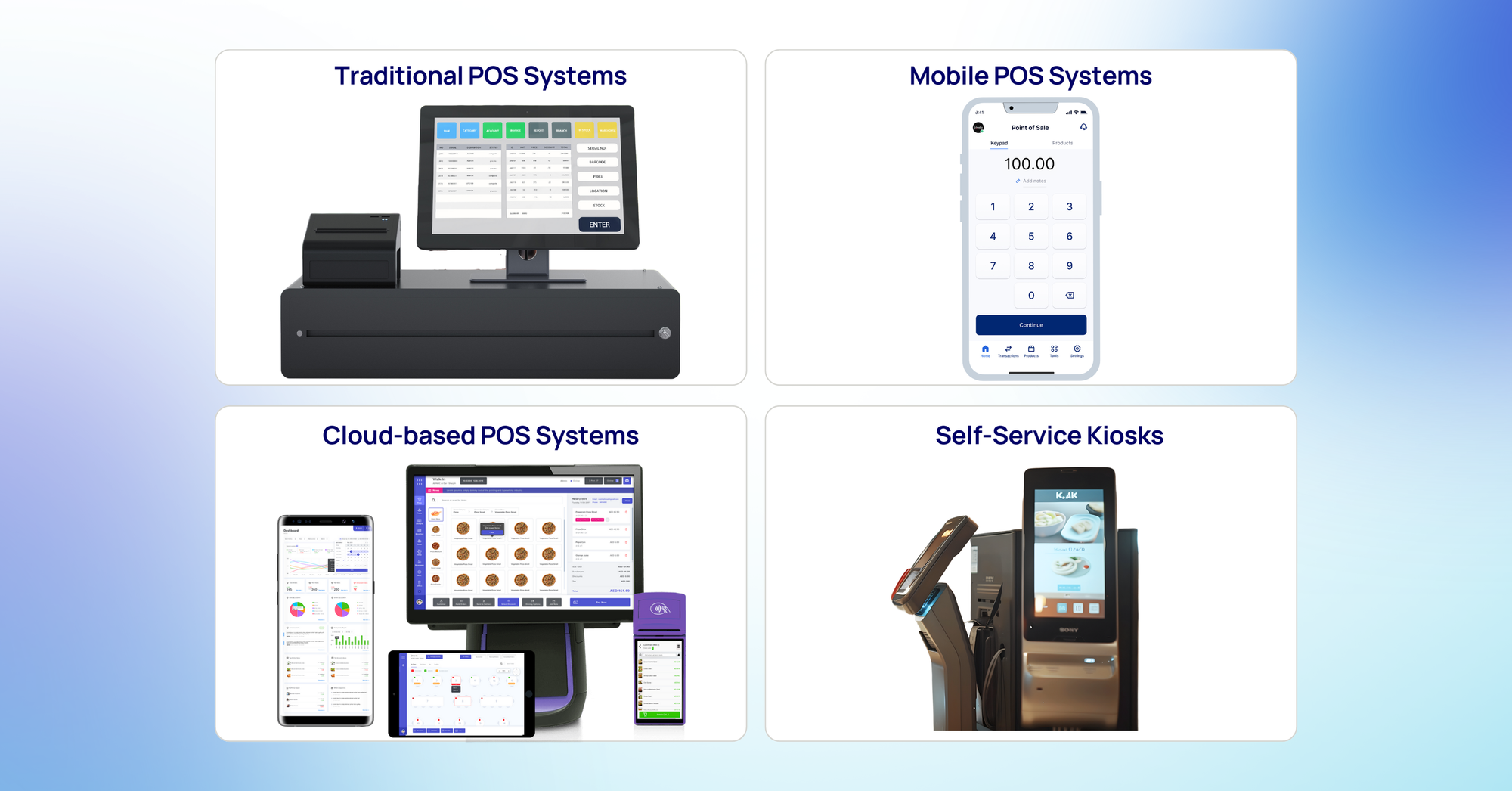How POS System Works: A Comprehensive Overview for Entrpreneurs

Recognizing the Elements of a POS System

Just How Sales Deals Are Processed
When a customer chooses to buy, the sales transaction starts a series of methodical steps within the POS system. The cashier inputs the things being bought, which are checked with a barcode viewers or by hand gone into. This activity fetches product details, including prices and appropriate taxes, from the system's database.Next, the consumer is provided with the total quantity due. The POS system then refines the payment, whether via cash, credit history card, or mobile payment techniques (Restaurant POS Software). For digital payments, the POS firmly communicates with repayment cpus to accredit and verify the transaction.Once the settlement is confirmed, the system produces a receipt, which can be published or sent digitally. This invoice acts as evidence of acquisition for the client. Finally, the transaction data is recorded in the system, making certain exact sales documents and economic monitoring for the company
Inventory Administration and Monitoring

Effective supply management and tracking are necessary elements of a POS system, as they guarantee that companies keep perfect stock degrees and decrease discrepancies. A robust POS system permits real-time inventory updates, reflecting sales and returns instantly. This enables business proprietors to check supply degrees accurately, making sure that prominent products are readily available while protecting against overstocking of much less prominent products.Additionally, advanced POS systems supply attributes such as computerized supply informs and reorder suggestions, simplifying the purchase procedure. Barcoding and RFID innovation enhance accuracy in tracking supply motion, minimizing human error. Extensive reporting devices offer insights into inventory turn over rates, aiding services make educated decisions concerning buying and item offerings. Eventually, effective supply management through a POS system not only improves functional performance but additionally boosts client satisfaction by ensuring item availability.
Evaluating Customer Data and Insights
Customer data analysis functions as a powerful tool for companies using a POS system (Restaurant POS Software). By collecting and checking out purchase information, businesses can discover important insights concerning client behavior and choices. This evaluation enables them to determine buying fads, peak purchasing times, and popular products, consequently notifying supply choices and marketing strategies.Additionally, services website can section their client base, permitting individualized marketing initiatives that deal with details demographics or purchasing habits. Recognizing customer loyalty patterns likewise assists in establishing targeted benefits and promotions programs.The data obtained from a POS system can likewise expose insights right into customer responses, enabling businesses to make informed decisions concerning product offerings and service renovations. Ultimately, leveraging consumer information properly can boost the overall shopping experience, foster consumer contentment, and drive earnings development
Advantages of Carrying Out a POS System

Regularly Asked Inquiries
What Sorts Of Organizations Can Gain From a POS System?
Different services take advantage of a POS system, including stores, dining establishments, beauty parlors, and ecommerce systems. These systems streamline transactions, inventory administration, and consumer information, boosting functional performance and improving client experience throughout varied sectors.
Just how much Does a POS System Typically Cost?
The expense of a POS system usually varies from a couple of hundred to a number of thousand bucks, depending on functions, hardware, and software application. Services need to think about continuous fees for support, transaction, and upkeep processing when budgeting.
Can I Incorporate a POS System With Existing Software?
Incorporating a POS system with existing software application is typically feasible. Lots of systems provide APIs or built-in compatibility functions, permitting companies to streamline operations and boost performance by attaching various software application applications effectively.
What Training Is Needed for Team to Use a POS System?
Training for team to use a POS system commonly includes understanding software application capabilities, processing purchases, handling stock, and handling customer communications. Practical demonstrations and hands-on practice boost proficiency and confidence being used the system effectively.
What Happens if the Web Decreases While Making Use Of a POS System?
If the internet goes down during POS system usage, deals might be disrupted. Numerous systems provide offline abilities, permitting standard operations to continue, however complete capability, consisting of real-time supply updates, will certainly be restricted. A Point of Sale (POS) system is made up of numerous vital components that work together to assist in purchases and take care of company operations. Efficient stock management and tracking are vital elements of a POS system, as they guarantee that organizations preserve suitable stock degrees and decrease disparities. Consumer data analysis serves as an effective device for services using a POS system. Understanding client loyalty patterns also assists in establishing targeted promotions and incentives programs.The information gleaned from a POS system can additionally expose understandings into customer comments, click here allowing companies to make educated decisions relating to product offerings and solution improvements. Applying a POS system provides numerous advantages that can greatly improve service procedures.